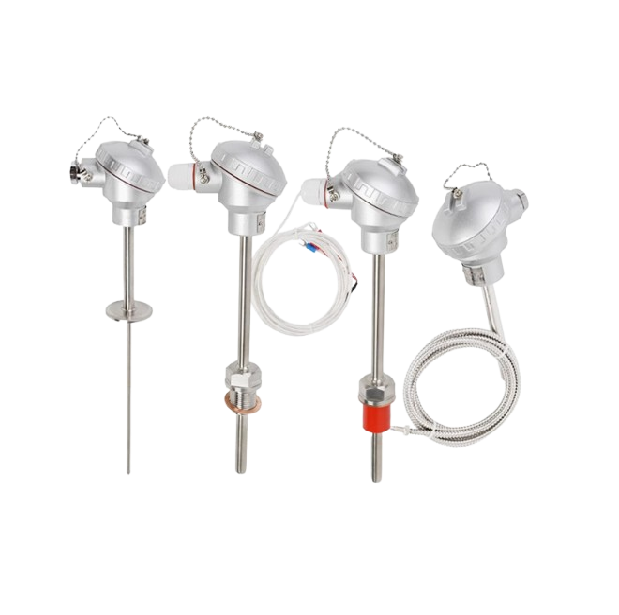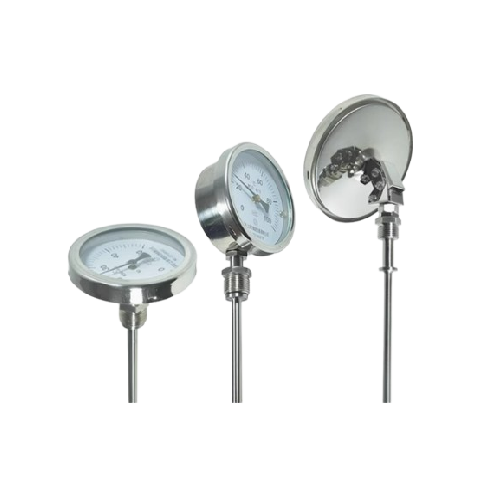Temperature measurement

temperature transmitter

temperature sensor

temperature sensor

bimetallic themomter
All You Need to know About temperature measurement
Temperature transmitter vS temperature sensor
A Temperature Transmitter, on the other hand, takes the signal from a temperature sensor, processes it, and converts it into a standardized output (e.g., 4-20 mA, 0-10 V, or digital signals like HART or Modbus). It integrates conditioning, amplification, and signal transmission, making it suitable for long-distance communication with control systems.
A Temperature Sensor is a device that directly measures temperature and outputs a raw signal (e.g., resistance or voltage) based on the sensed temperature. Examples include thermocouples, RTDs, and thermistors. It is a component that requires additional circuitry or devices to convert its signal into usable data.
Key Differences:
Function: Sensors measure temperature directly; transmitters process and transmit the signal.
Output: Sensors provide raw signals; transmitters offer standardized outputs.
Use Case: Sensors are used in simple systems; transmitters are ideal for industrial automation and remote monitoring.
Transmitters add signal conditioning and communication capabilities, while sensors focus solely on measurement.
temperature transmitter application
Industrial Process Control: Monitors and controls temperature in chemical, petrochemical, and manufacturing processes. Ensures optimal operation of reactors, boilers, heat exchangers, and distillation columns.
HVAC Systems: Measures and transmits temperature data for heating, ventilation, and air conditioning systems to maintain energy efficiency and comfort.
Food and Beverage Industry: Tracks temperature during processing, pasteurization, and storage to ensure product safety and quality.
Pharmaceutical and Biotechnology: Monitors temperature in sterilization, fermentation, and storage processes to maintain compliance with regulatory standards.
Power Generation: Measures temperature in turbines, boilers, and cooling systems to ensure efficient and safe operation of power plants.
Oil and Gas Industry: Monitors temperature in pipelines, refineries, and storage tanks to prevent overheating and ensure process safety.
Automotive Industry: Tracks engine, coolant, and exhaust temperatures for performance optimization and diagnostics.
Environmental Monitoring: Measures temperature in weather stations, greenhouses, and water treatment facilities for environmental control.
Production Process








